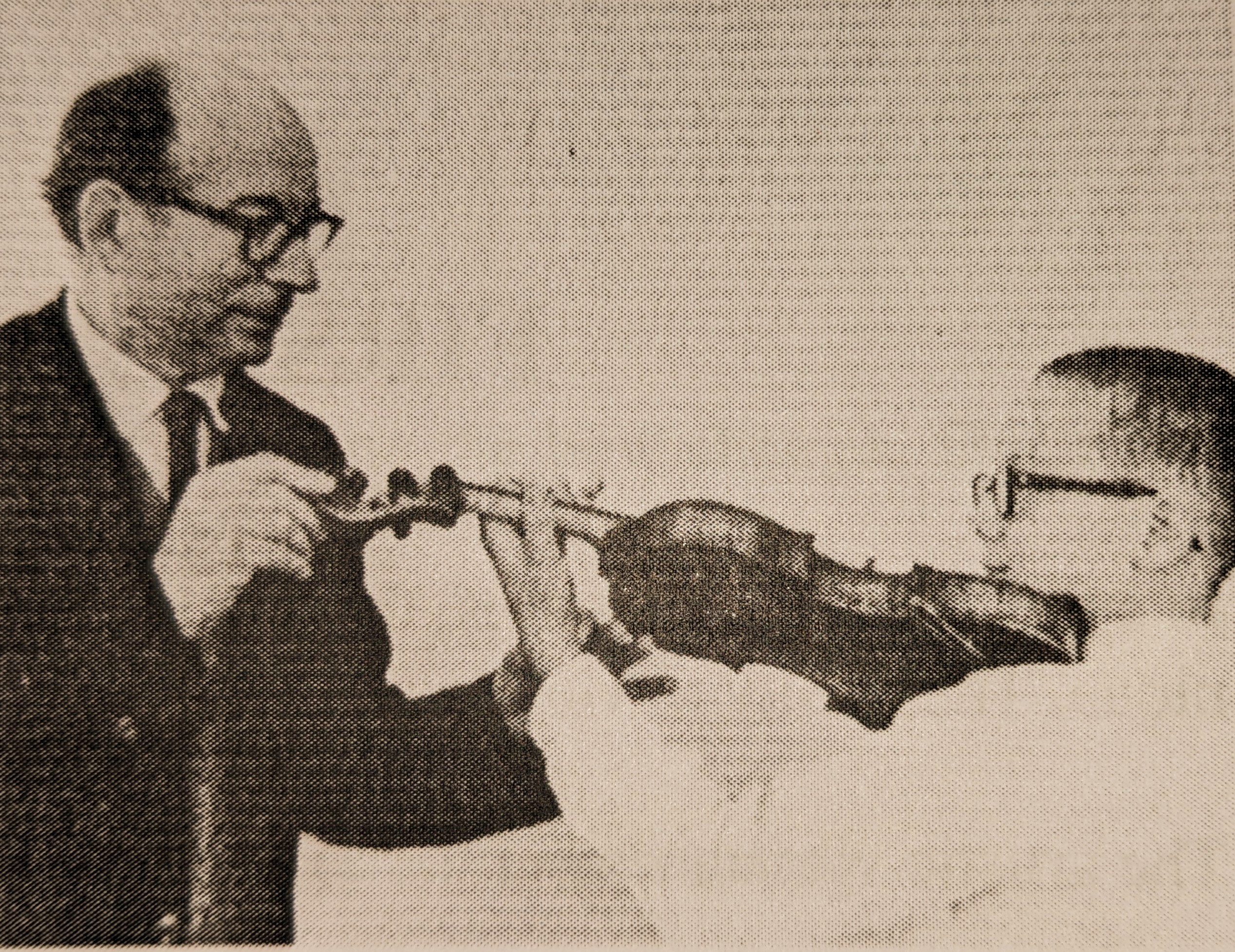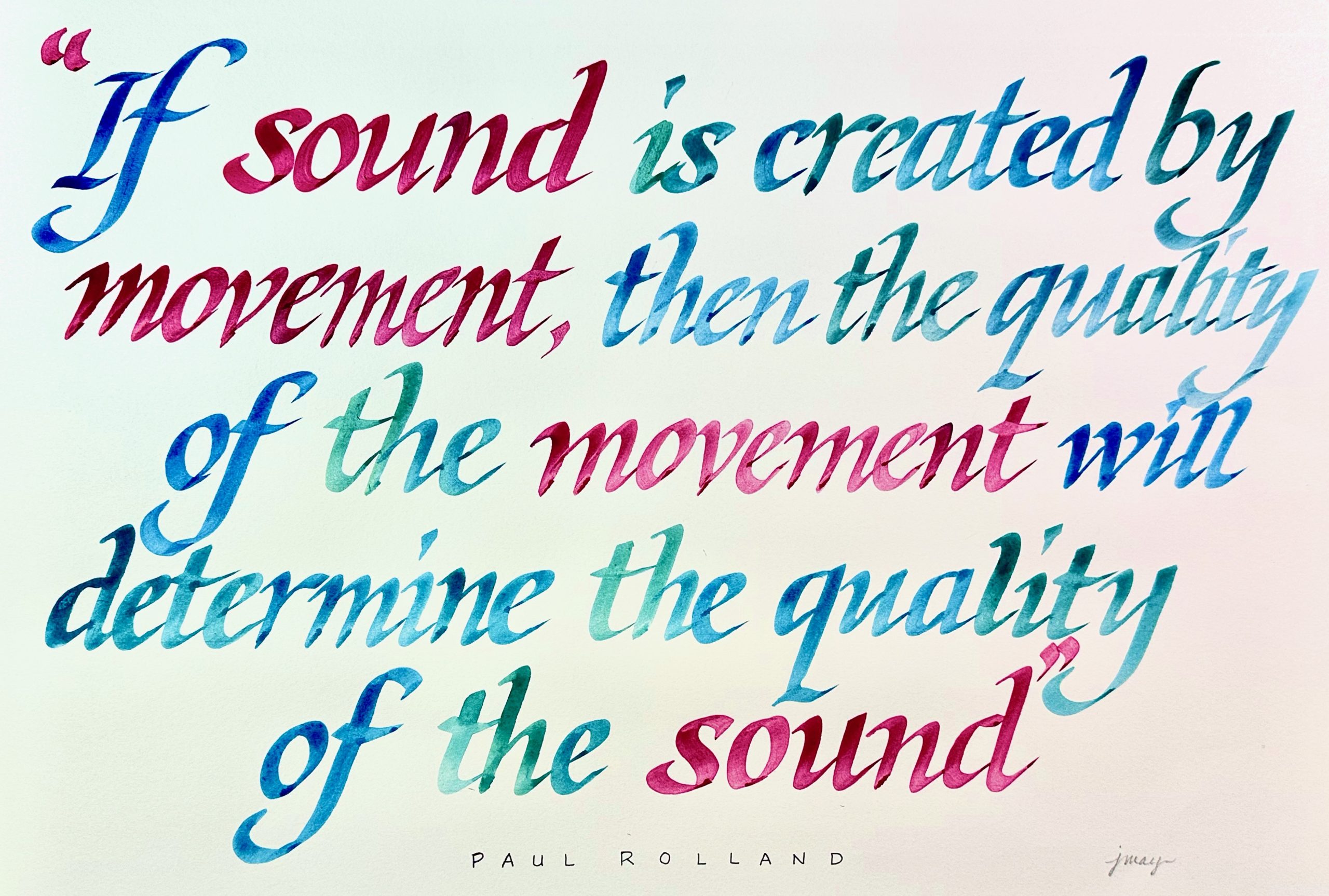
The past 5 days have been especially fruitful for me. I participated in a long, in-depth online workshop about the pedagogy of Paul Rolland. His principles and Action Studies focus on creating healthy movements with good balance, which allow one to develop stellar technique (including the basics of advanced skills within the first 2 years of playing the instrument), find more potential for musical expression, and play with minimal to no excess tension in the body.
Not only is this pedagogy a more holistic approach to playing a stringed instrument but it also parallels all the values of body mapping. This is the kind of approach that can help one to avoid unnecessary injury, develop a nice sound early on, and continue playing through the golden years. A fantastic tool for adult beginners, children, and professionals alike.
I continue to be amazed at how a single finger-tapping exercise that doesn’t even involve making sounds on the instrument can refine multiple skills, including shifting, vibrato, and clear articulation – all without pressing too hard on the strings.
One concept that helped improve my own playing right away is understanding and planning how to deliberately apply unilateral vs bilateral motions of the body in relation to the bow direction. Bilateral means that the body moves in the opposite direction of the bow (ie – to the left on a downbow, and to the right on an upbow). Unilateral is the opposite, in which both the bow and body move in the same direction. Bilateral is great for maintaining good balance during fast and energetic bowstrokes, such as martele, and is also a great follow-through of the pizzicato. In bilateral motion, it’s easier to draw a clear, fast bow from the frog to the tip and vice-versa. Unilateral motion is especially useful for starting slow passages, especially those that begin on downbows in the lower half. It’s also a trick to save your bow more effectively. Since the instrument and the body move in the same direction as the bow, it takes a little longer to run out of bow. So next time your friend wants to challenge you to a “minute-bow” contest to see who draws the slowest bow, you got this tool in your pocket.
There are so many other things I can write about, but it’s best explained in Paul Rolland’s book The Teaching of Action in String Playing.
I would like to extend my gratitude to Paul Rolland’s former students and family for passing on the legacy in these workshops! One of our presenters and administrators, Joanne May, in addition to being a fantastic violinist and teacher is also a very skilled calligrapher. She created this beautiful artwork of a very powerful quote of Paul Rolland, that I would like to leave you with:

